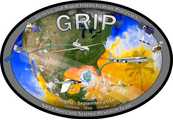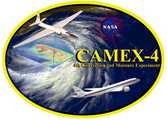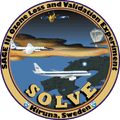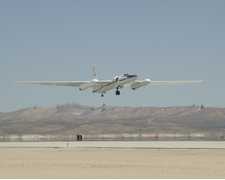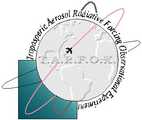The Lidar Atmospheric Sensing Experiment (LASE) is an airborne lidar system developed at NASA's Langley Research Center (LaRC). LASE uses the differential absorption lidar technique to provide profile measurements of water vapor and aerosols in the atmosphere. LASE operates at the 815 nm wavelength and has a measurement frequency of 5 Hz. For aerosol scattering profiles, LASE has a horizontal resolution of 200 m and a vertical resolution of 30 m. It has a horizontal resolution of 5 km and a vertical resolution of 0.2 km for water vapor measurements.


Instrument Details
- Lidar
- Earth Science > Atmosphere > Atmospheric Water Vapor > Water Vapor ProfilesEarth Science > Atmosphere > Aerosols > Aerosol BackscatterEarth Science > Atmosphere > AerosolsEarth Science > Spectral/engineering > Lidar > Lidar BackscatterEarth Science > Atmosphere > Aerosols > Aerosol ExtinctionEarth Science > Atmosphere > Atmospheric Water VaporEarth Science > Atmosphere > Atmospheric Water Vapor > Water Vapor Indicators > Water VaporEarth Science > Atmosphere > Atmospheric Water Vapor > Water Vapor Indicators > HumidityEarth Science > Atmosphere > Aerosols > Aerosol Optical Depth/thickness
- Full Column Profile
- 5 Hz
- 0.2 km x 5 km (water vapor), 30 m x 200 m (aerosol)
- 368 THz
- https://doi.org/10.1007/s003400050523
Richard Ferrare, Amin R. Nehrir, Jonathan W. Hair
Amin R. Nehrir
LaRC
NASA
Filter data products from this instrument by specific campaigns, platforms, or formats.
CAMPAIGNS
PLATFORMS
FORMATS

